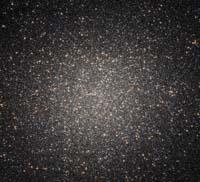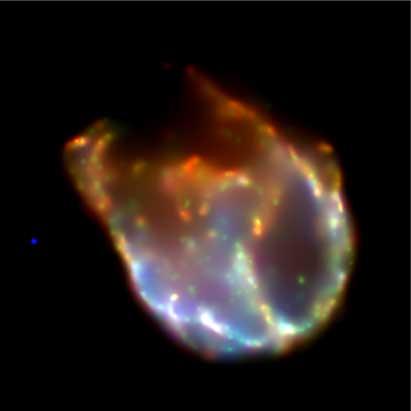Black hole in Omega Centauro
2008/06/01 Elhuyar Zientzia Iturria: Elhuyar aldizkaria

In the constellation of Omega Centaurus there seems to be a black hole of medium mass. Researchers from the Max-Planck Institute for Extraterrestrial Physics have reached this conclusion. From these results it can be concluded that there is a continuous stagnation of the mass of black holes, from the supermassive to the small masses as stars, to those of medium mass.
Researchers have studied the movement and brightness of stars in the constellation center. Measured speeds are much higher than the number and type of stars observed. Therefore, in the center of the constellation there must be something very massive and invisible: A black hole equal to 40,000 solar masses.
In addition, Omega Centaurus has a mass 10 times greater than other globular constellations, almost like a small galaxy, rotates faster, is flattened in shape and has stars of several generations. Therefore, scientists have concluded that Omega Centaurus, rather than a globular constellation, is a dwarf galaxy that has lost stars from the outside.

Gai honi buruzko eduki gehiago
Elhuyarrek garatutako teknologia





